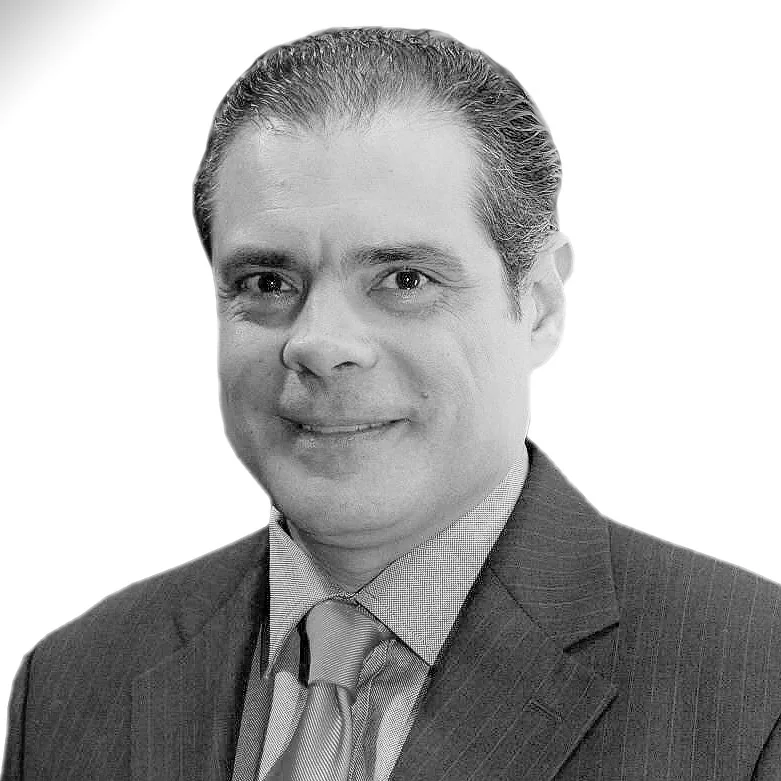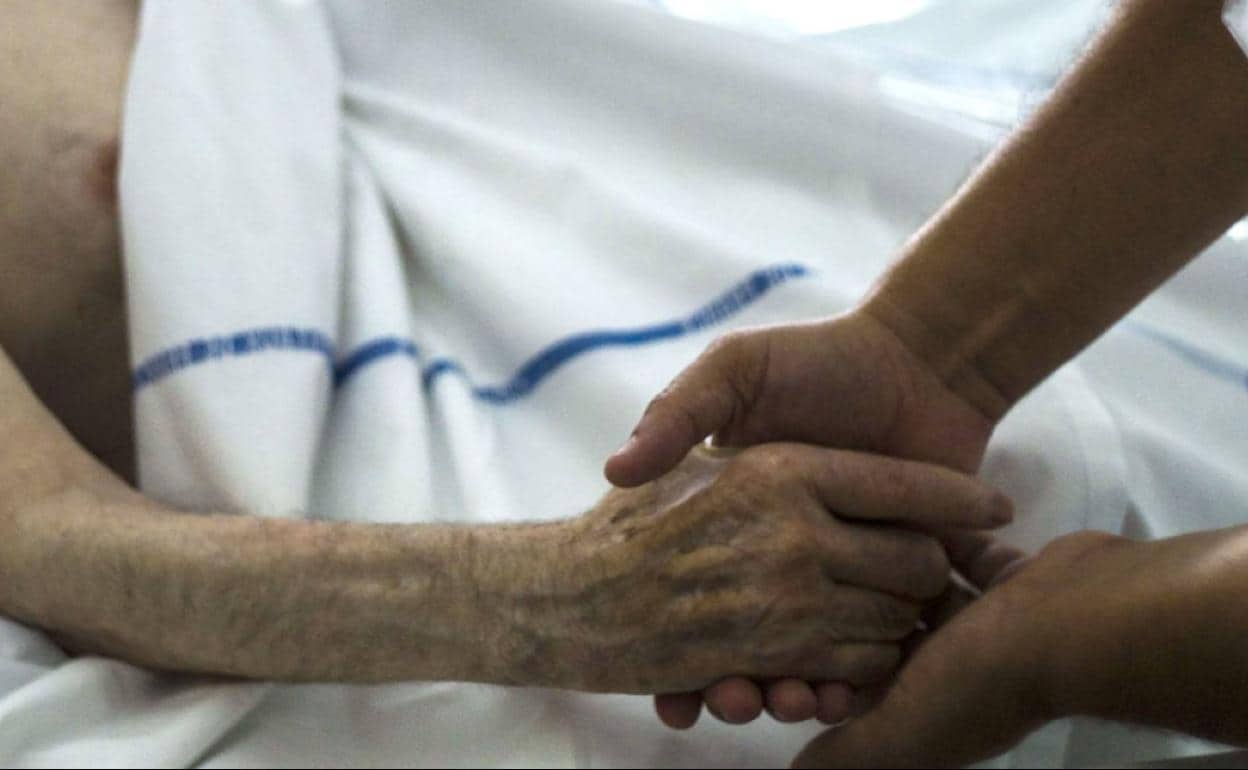New euthanasia law is effectively 'stalled' in Andalucia, claims Right to Die with Dignity association
The first requests for dignity in death have been registered in the region, but the Junta has yet to set up the commission that authorises them
Dying with dignity, without suffering and receiving health care so that death occurs when the person who meets all the requirements for it requests it. That is the spirit of Organic Law 3/2021 regulating euthanasia in Spain.
And, according to the Right to Die with Dignity association (DMD), in Andalucía there have already been people who have submitted requests to doctors for the application of euthanasia.
The problem that applicants and doctors face is that in the region the 13 members of the Evaluation Commission have not yet been appointed. That is the body that is ultimately in charge of giving the green light to the application of euthanasia.
The commission must be made up of five graduates in Medicine, five graduates in Law and three graduates in Nursing.
Delays to end suffering
On 19 October, the Andalusian Government approved a decree both for the creation and regulation of the Evaluation Commission and the registry of conscientious objector health professionals. But the commission has not yet been formally constituted nor has its members been appointed, according to the president of the Andalusian Nursing Council, José Miguel Carrasco.
Meanwhile, the DMD Association has denounced that "the euthanasia law - in practice - has been stopped in Andalucía", which means a delay in the procedures for patients who have already requested help to end their suffering.
Patients who want help to die are often terminally ill with cancer, with conditions such as amyotrophic lateral sclerosis (ALS), or with other incurable and irreversible conditions. And the law recognises the right to euthanasia for people who have a serious, chronic and incapacitating condition that causes constant and intolerable physical or psychological suffering and, in addition, there is the probability that these limitations will persist over time with no possibility of cure or improvement. Help to die is also contemplated for people with a serious and incurable disease that causes constant and unbearable physical or psychological suffering, without the possibility of tolerable relief, and with a limited life prognosis.
Process
The request for euthanasia can only be made by the person who wants to receive help for their death. The process begins with a first written request from the patient to the responsible doctor, who must sign it and verify that he or she meets the requirements. Within two days there will be a meeting in which the doctor and patient will discuss the therapeutic alternatives available, as well as the possibility of accessing palliative care. At least 15 days later, the patient must submit a second request and meet again with the doctor to re-deliberate. If the patient decides to go ahead, they must sign an informed consent.
Next, the doctor will contact a second medical professional (consulting physician), unrelated to him or the applicant, who will assess whether the request meets the requirements provided by law and must interview the patient within 10 days. After that meeting, the doctor will make a report (favourable or unfavourable) in a maximum of 10 days.
Doctor and lawyer
If both doctors agree that the request for euthanasia complies with the provisions of the law, the responsible doctor must send a report with all the documentation to the chair of the Evaluation Commission, which will study the request. For this, a team consisting of a doctor and a lawyer will be appointed. Both will evaluate and submit their report to the commission in seven days. If the report is favourable, the responsible doctor will be informed that euthanasia can be carried out at the time that the person who requested it decides.
Once the doctor prescribes the application of euthanasia, a nursing professional is in charge of carrying it out, usually at the patient's home, through an injection that first makes them sleepy, then induces them into a coma and finally results in a cardiac arrest and death, explained the Right to Die with Dignity association.

